Description
Dental Periosteal Elevator Prichard: A Comprehensive Guide
When dentists need to use dental tools, the Dental Periosteal Elevator Prichard is one of the most important ones. This specialize tool is an important part of dental treatments because it make sure that everything is correct and quick. We will learn a lot about it in this in-depth guide. We will look at its uses, types, and functions, as well as the very important part it plays in modern dentistry.
How to Use the Dental Periosteal Elevator Prichard
A Dental Periosteal Elevator Prichard is what it sounds like.
When you need oral surgery or other dental care, a Dental Periosteal Elevator Prichard can use to lift and remove the periosteum from the bone’s surface. This is a vital tool in dentistry, meticulously crafted for precise tissue separation during oral surgeries. This tool is essential for dentists because it helps them see and get to the surgical site, which makes the process go more smoothly and safely.
What Makes Up a Dental Periosteal Elevator Prichard
The following parts make up a standard Dental Periosteal Elevator Prichard:
Handle: The dentist holds the handle, which gives them comfort and control during the process.
Shank: The shank is the long, thin part of the instrument that ties the handle to the end that is used.
Working End: The Dental Periosteal Elevator Prichard’s working end is made up of two parts:
Blade: The blade is the curved or angled portion used to lift and separate the periosteum.
Point: The point is the sharp, tapered end that makes it easier to move things precisely and get into tight places.
Different Kinds of Dental Periosteal Elevators Prichard
Dental Periosteal Elevator Prichard instruments come in different types, each made for a different dental operation. Here are some popular types:
- Prichard Periosteal Elevator: This is the standard and most widely used type, featuring a curved blade and a pointed end for versatility in various procedures.
- Molt Periosteal Elevator: The Molt Periosteal Elevator has a sharp, pointed end and a straight blade, making it suitable for delicate tissue manipulation.
- Freer Periosteal Elevator: The Freer Periosteal Elevator is characterize by its flat blade, which is ideal for reflecting soft tissues.
Why Dental Periosteal Elevator Prichard Is Important in Dentistry
Making it easier for tissues to separate
The main job of is to gently lift and remove the periosteum from the bone below. This is very important for oral surgeries because it lets the dentist get to the surgical site precisely while limiting damage to nearby tissues.
Better visualization
Dental professionals can see the surgery area better when they use it. This is important for treatments like tooth extractions, where it makes sure the tooth is take out correct and safe.
Cutting down on trauma
The is designed to gentle so that it doesn’t hurt the tissues around it too much. This makes the patient less painful after surgery and speeds up the healing process.
Using the Dental Periosteal Elevator for Common Dental Procedures Prichard
Taking out teeth
It is very helpful for tooth extraction processes because it lifts the periosteum gently, making room for the dentist to work. This makes sure that the tooth is taken out with little harm to the bone.
Putting in dental implants
The Periosteal Elevator Prichard helps make a clean and accurate surgical site when tooth implants are being put in. When dentists carefully mirror the periosteum, they can place implants correctly and increase the chances of osseointegration being successful.
Surgery on the gums
This is used to get to and work on the affected areas during periodontal surgeries like gum grafting. Its gentle but effective action helps you get the best results.
How to Use a Dental Periosteal Elevator Correctly, Prichard
It takes skill and accuracy to use. Take these steps to make sure you use it right:
Pick the Correct Type:
Pick the correct its based on the procedure and the patient’s unique needs.
Positioning:
Hold the tool firmly by the handle and place the blade or point where you need to separate tissues.
Gentle Elevation:
Begin the procedure by gently lifting the periosteum away from the bone. Ensure a gradual and controlled approach to prevent tissue damage.
Visualize:
As the tissue separates, use the better visibility to make sure the process is done correctly.
Clean and maintain:
It should be cleaned well after use, germ-free, and kept in a clean, safe place to make sure it works well and lasts a long time.
Conclusion: Choose the Dental Periosteal Elevator Prichard
This is an important tool in modern dentistry because it separates tissues precisely and safely during many dental treatments. It is very useful for dentists because it helps them see better, causes less pain, and makes it easier to get to the surgery site. By understanding its types, functions, and proper usage, dentists can optimize their clinical outcomes and provide the highest standard of care to their patients.



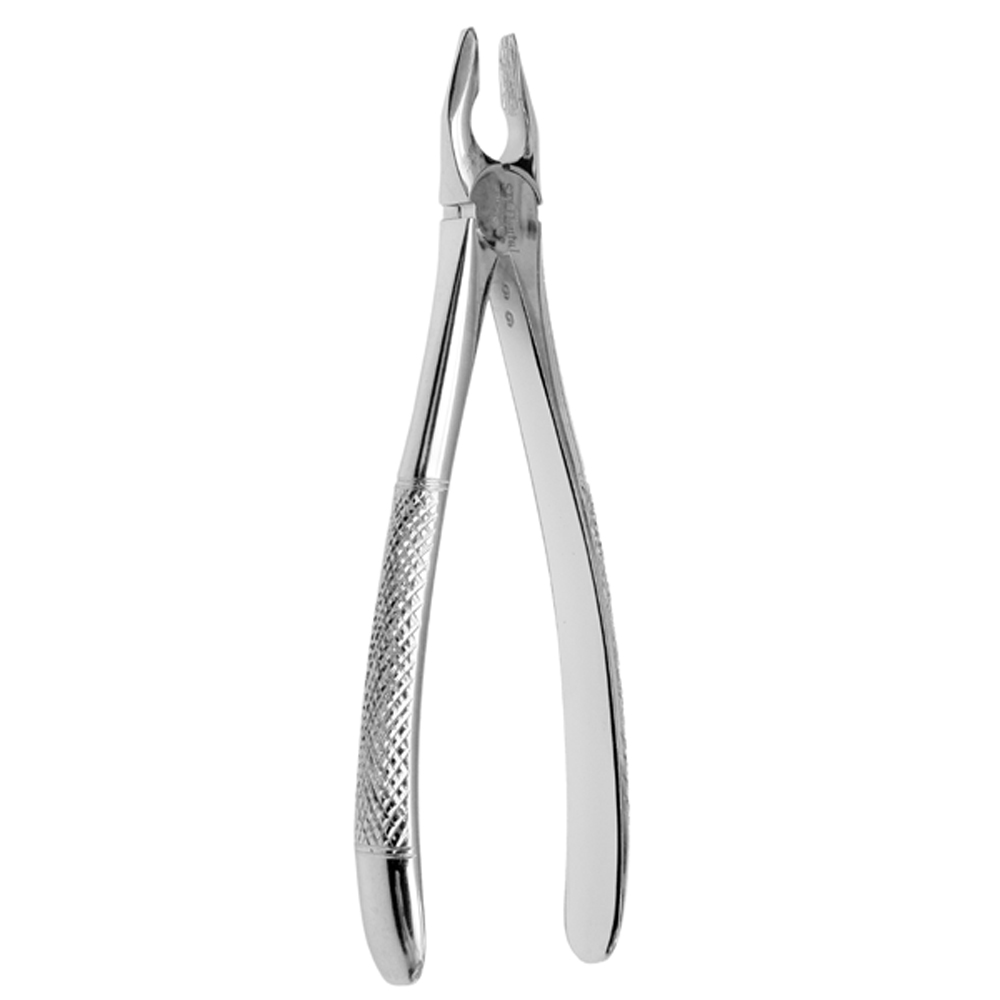
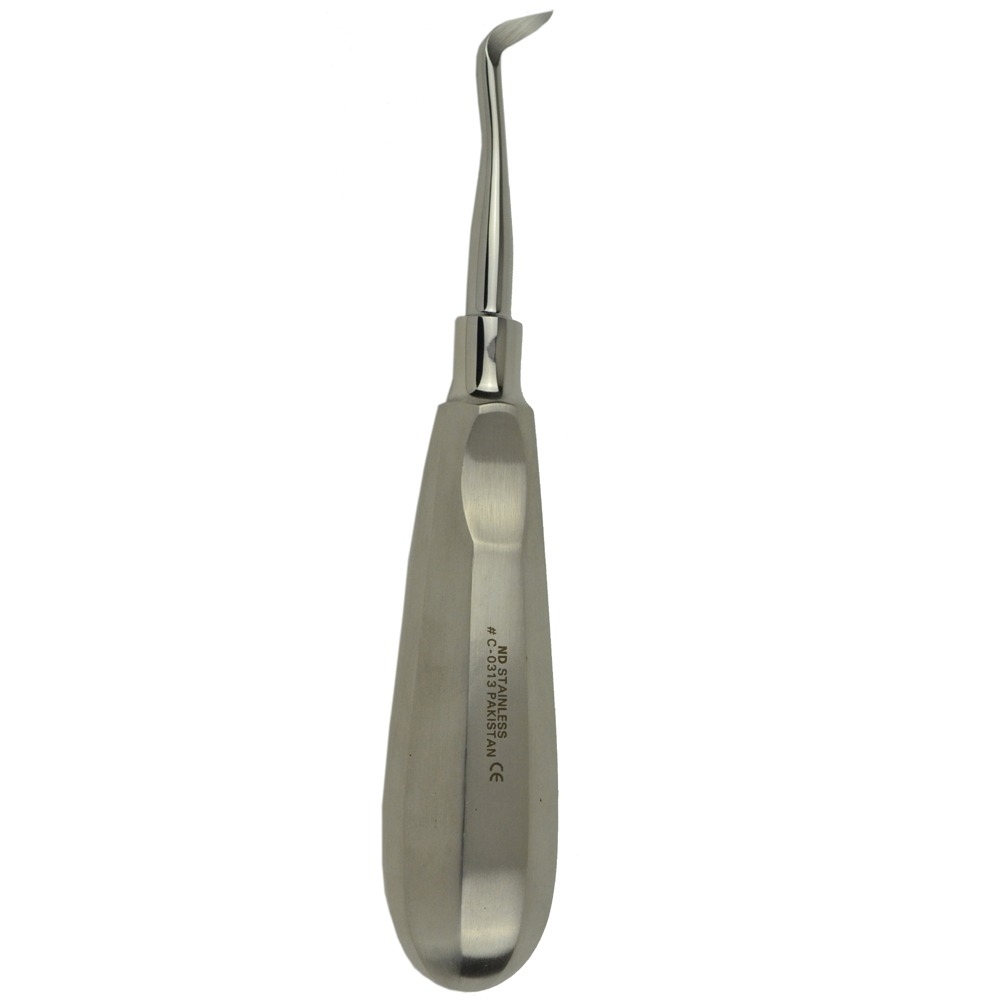
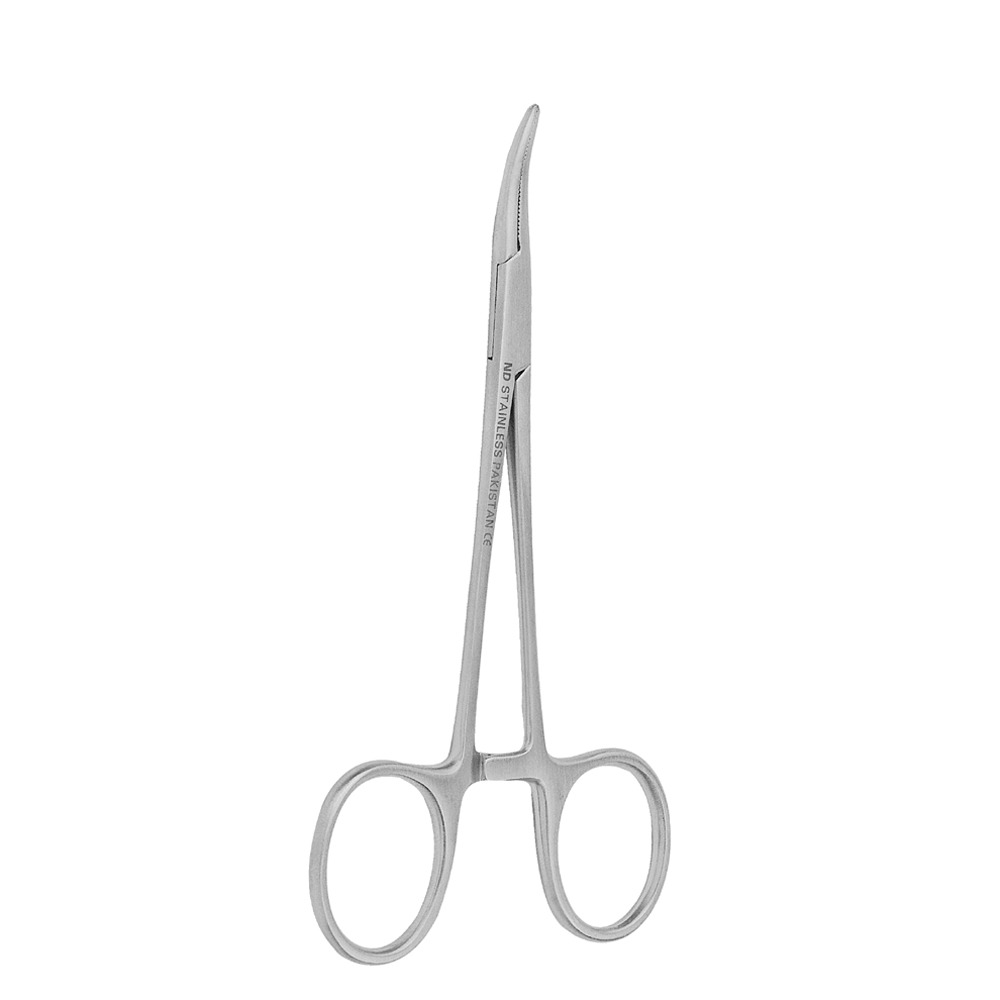
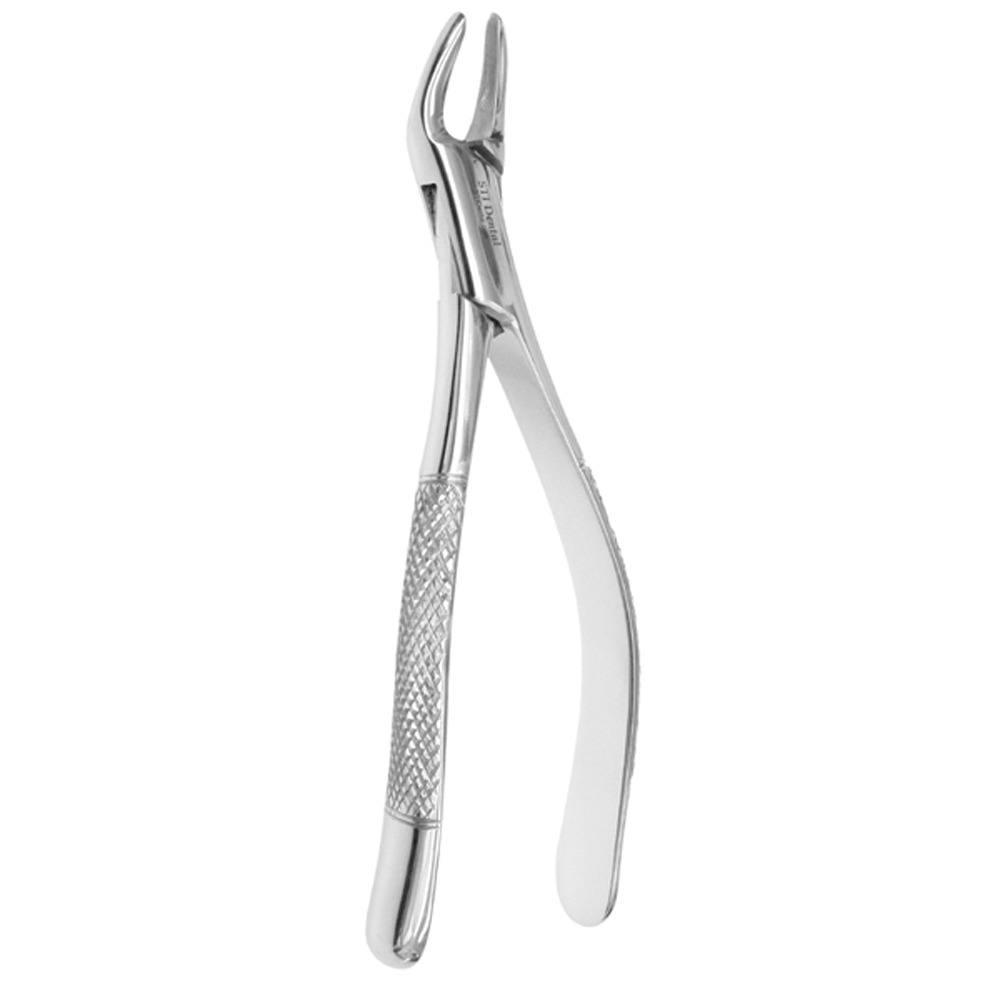
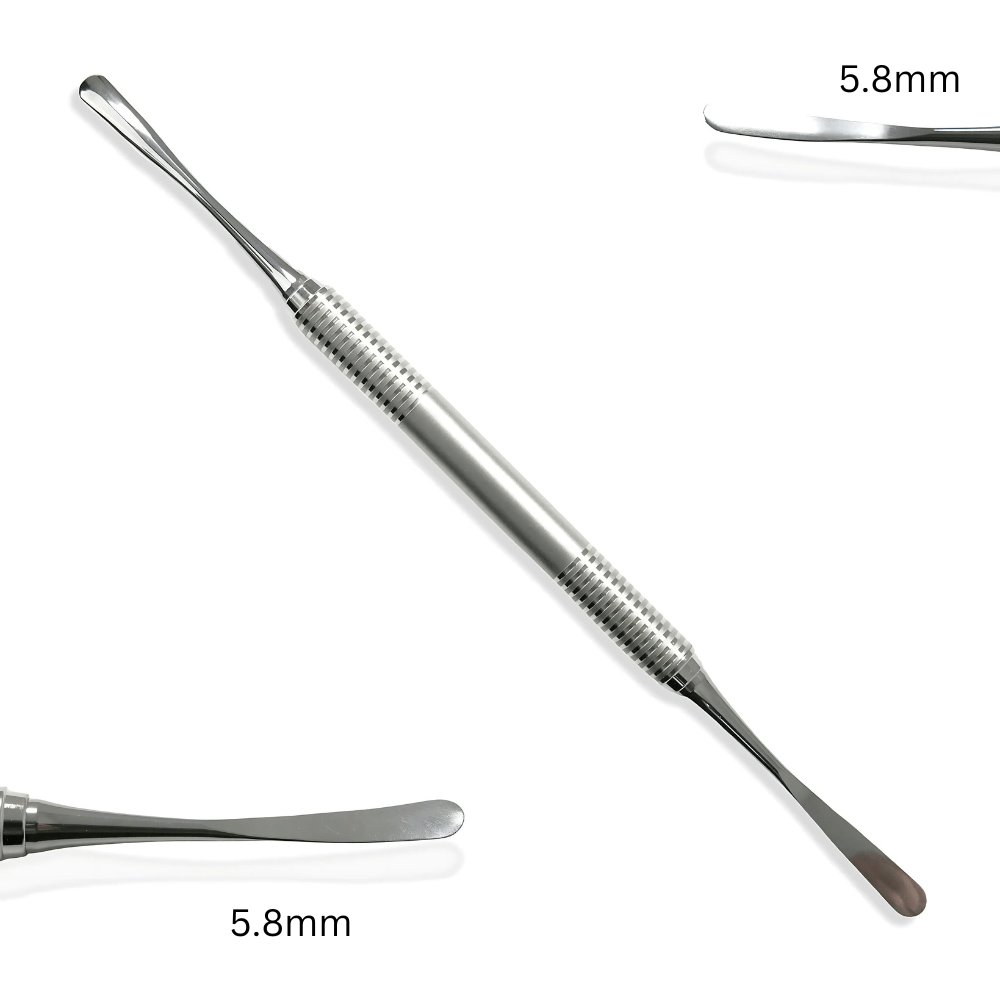
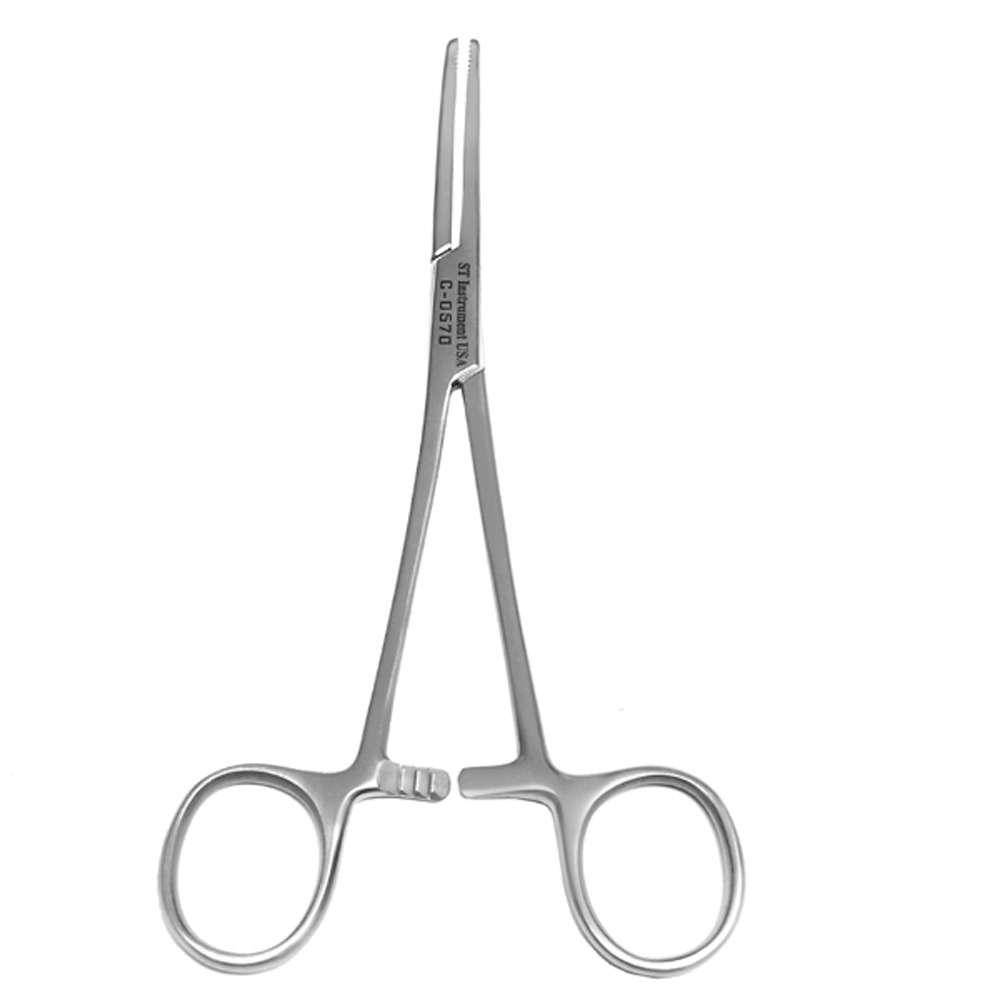
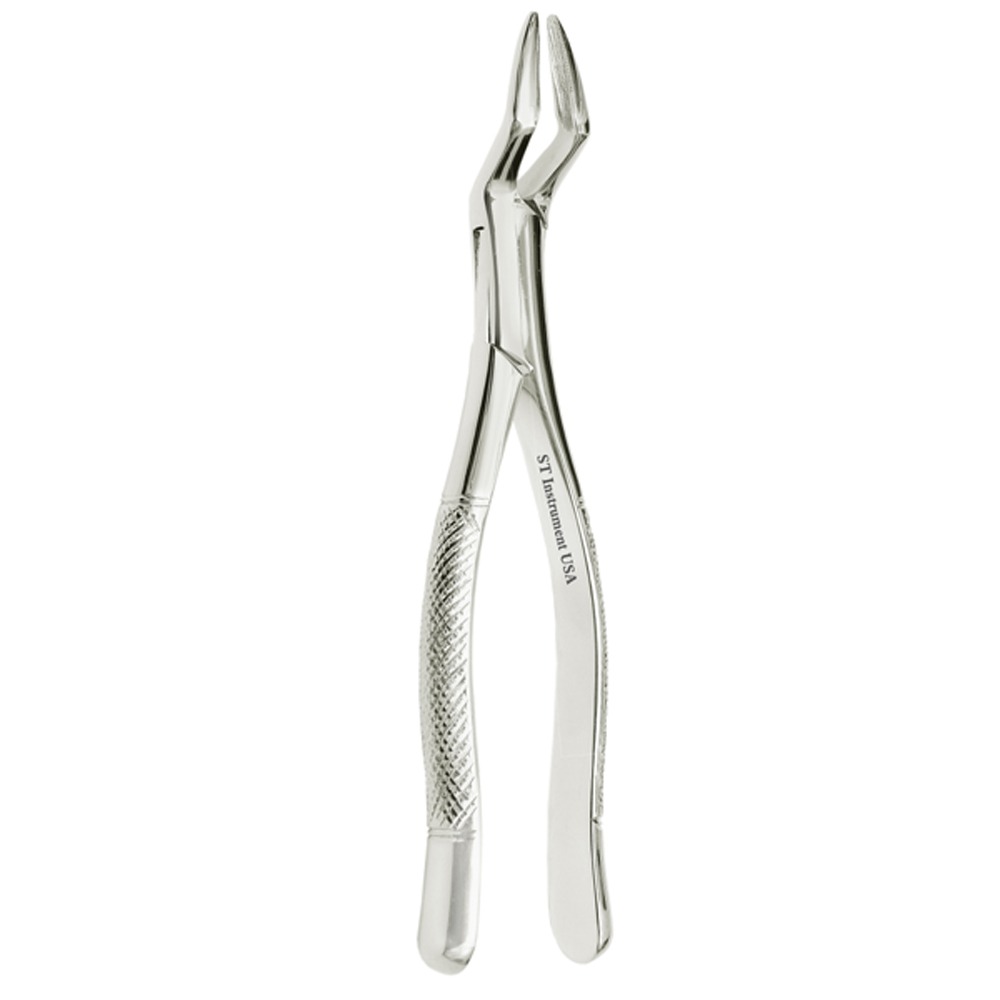
Reviews
There are no reviews yet.